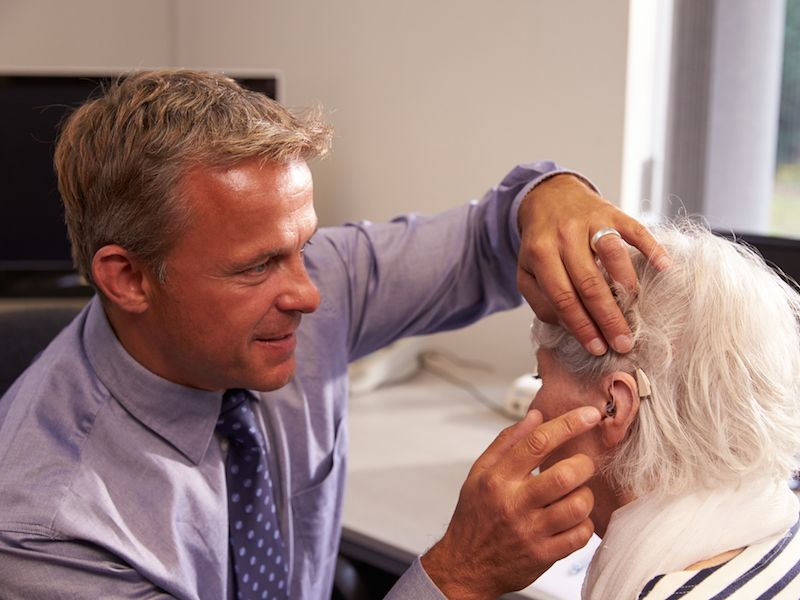
The numbers don’t lie: at some time in your life, you’re probably going to need a hearing aid. A report from NIDCD estimates that around a quarter of all people between the ages of 60 and 75 have some form of loss of hearing, and that number jumps up to 50% for people 75 and older. The best method to deal with age-related loss of hearing is to wear a hearing aid, but how do you know which type is the right one for you? Hearing aids at one time had issues such as susceptibility to water damage and excessive background noise but modern hearing aids have resolved these sorts of problems. But there’s still a lot you should know when choosing a hearing aid to be sure it fits your lifestyle.
Pay Attention to Directionality
Directionality is one important feature you should look for, which is the ability for your hearing aid to focus on the specific noise near you (such as a discussion) while reducing background sound to a minimum. Many hearing aids have different directionality packages, which either focus on the noise directly in front of you, the speech that’s coming from different speakers, or a mix of those two.
Can You Use it With Your Phone?
It’s become obvious, we’re addicted to our phone as a nation. You most likely have some kind of cell phone, either a smartphone or an older style cell phone. And for those few who don’t actually own a cell phone, you most likely still have a land-line. So, when you’re testing different hearing aids, you will want to see how they connect to your phone. How does it sound? Are you able to discern voices clearly? Does it feel comfortable? Are there any Bluetooth connectivity options available? When shopping for new hearing aids, you need to consider all of these.
What is The Likelihood You Would Actually Wear it?
As noted above, hearing aid development has advanced tremendously over the past few years. One of those advances has been the size and shape of hearing aids, which are a lot smaller nowadays. However, there are always going to be some trade-offs. A smaller hearing aid might not be as powerful as a bigger one, so it mostly depends on your hearing professional’s recommendation and what you need to accomplish with your hearing aid. The little models won’t have the features of the larger models and they could get clogged with earwax but they fit inside your ears almost invisibly. On the other side of it, a behind the ear hearing aid is larger and may be more obvious, but often have more directionality functions and have more options for sound amplification.
What Kind of Background Sound Will You be Exposed to?
Wind interference has been an extreme issue for hearing aid users ever since they were developed. Being outside during a windy day with a traditional hearing aid used to mean that you couldn’t pick up anything but the wind, which is could drive anyone crazy. If you’re an outdoors kind of person or you live in a windy area, you’ll need to get a hearing aid that suppresses wind noise so you can carry on conversations at a normal volume and avoid the headaches that are associated with hearing aid wind noises. Inform yourself about the many hearing aid choices available to you. Give us a call.

